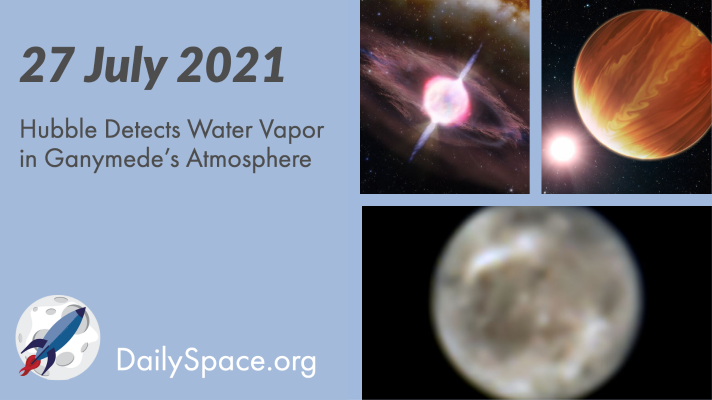
Jul 28, 2021 | Daily Space, Earth, Exoplanets, Galaxies, Jupiter, Planetary Nebulae, Spacecraft, Supernovae
Scientists analyzed archival data from the Hubble Space Telescope and found evidence of water vapor in the atmosphere of Jupiter’s moon Ganymede. The water vapor is present due to thermal escape from the icy surface of the moon. Plus, a “fizzled” gamma-ray burst and all the exoplanets!
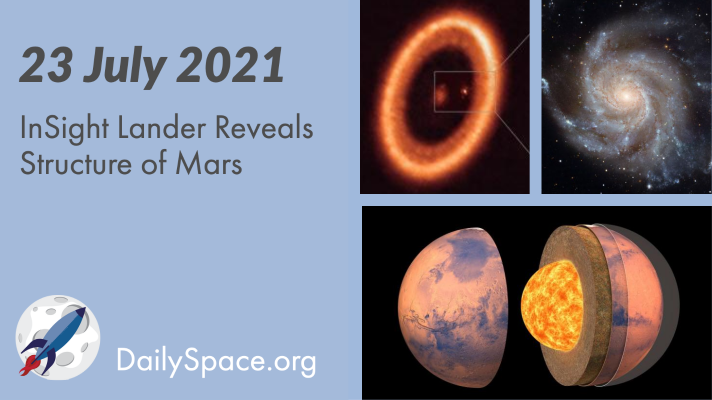
Jul 26, 2021 | Active Galaxies, Climate Change, Comets, Daily Space, Earth, Exoplanets, Mars, Venus
In three new papers released this week, scientists analyzed data from NASA’s InSight lander to reveal the structure of Mars and its layers, revealing information about the planet’s crust, lithosphere, mantle, and core. Plus, isotopes in an exoplanet’s atmosphere, a potential exomoon being formed, the heart of a radio galaxy, and black holes impeding stellar birth.
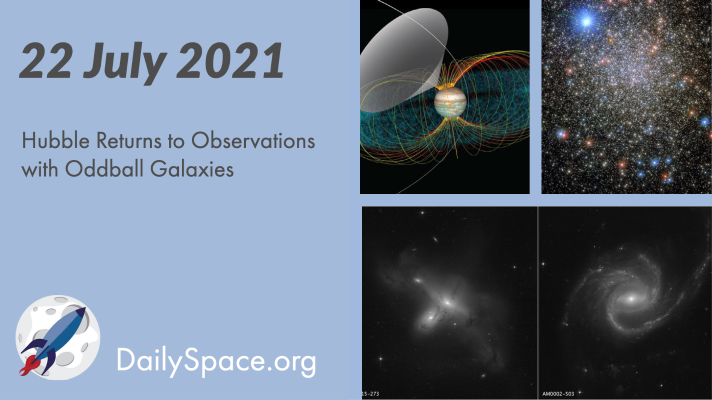
Jul 23, 2021 | Conferences, Daily Space, Exoplanets, Galaxies, Globular Cluster, Jupiter, JWST, Perseverance, Sky Watching, Spacecraft, Spitzer, Stars, White Dwarfs
After several weeks of trying different methods, the operations team successfully revived the stalwart Hubble Space Telescope, which experienced a payload computer fault back on June 13. The first images taken were of several unusual galaxies. Plus, Jupiter’s moon Io triggers radio emissions from the giant planet, and this week, What’s Up returns with a look at the Summer Triangle.
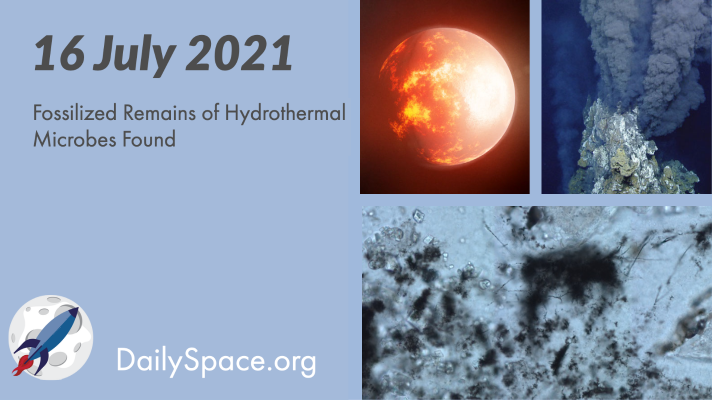
Jul 20, 2021 | Astrobiology, Daily Space, Earth, Exoplanets, Fast Radio Bursts
The fossilized remains of methane-cycling microbes have been found in exposed sedimentary seafloor rocks in South Africa. These microbes, dating back 3.42 billion years, could extend the fossil record back to when life first began on Earth. Plus, teenage exoplanets orbit sibling stars, and gamma-ray bursts happen on schedule.
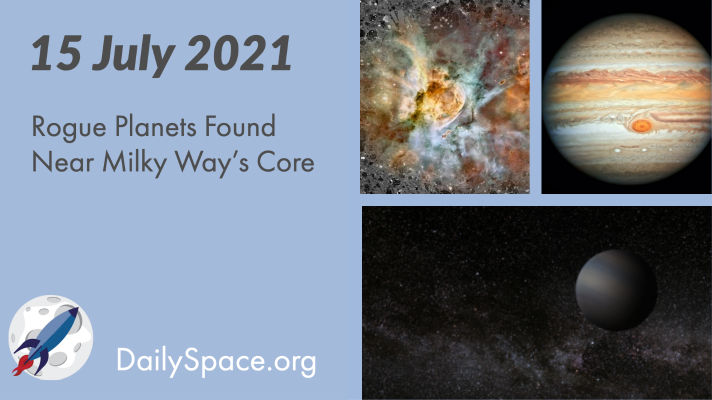
Jul 16, 2021 | Asteroids, Black Holes (Stellar), Conferences, Daily Space, Earth, Exoplanets, Globular Cluster, Jupiter, Kepler, Mercury, Our Solar System, Stars, Supernovae
Using data collected by NASA’s Kepler Space Telescope, scientists have found four free-floating, or rogue, planets near the core of the Milky Way. These planets formed in discs in other planetary systems and were thrown out by gravitational interactions with larger planets. Plus, the early solar system, including ancient Earth, Jupiter’s chemistry, and Mercury’s core.
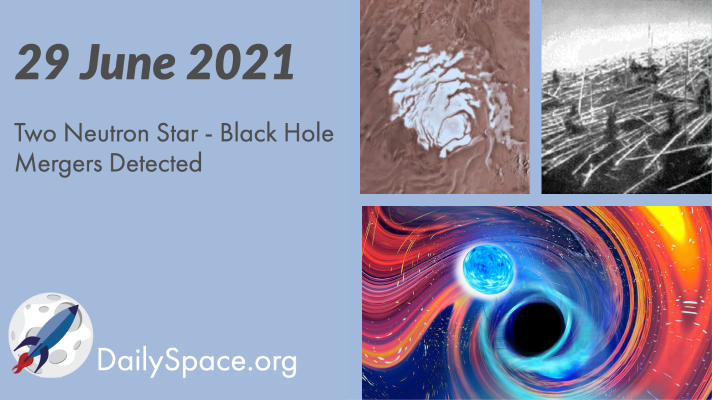
Jun 30, 2021 | Asteroids, Daily Space, Earth, Exoplanets, Mars, Neutron Stars / Pulsars, Supermassive Black Holes, Supernovae
About 900 million miles away in two different galaxies, a black hole and a neutron star merged, and their gravitational waves have been detected here on Earth. These detections add another type of merger to the collection so far discovered. Plus, new composition data on Mars’ south polar cap and a look back at the Tunguska Event. #AsteroidDay








 We record most shows live, on Twitch. Follow us today to get alerts when we go live.
We record most shows live, on Twitch. Follow us today to get alerts when we go live.